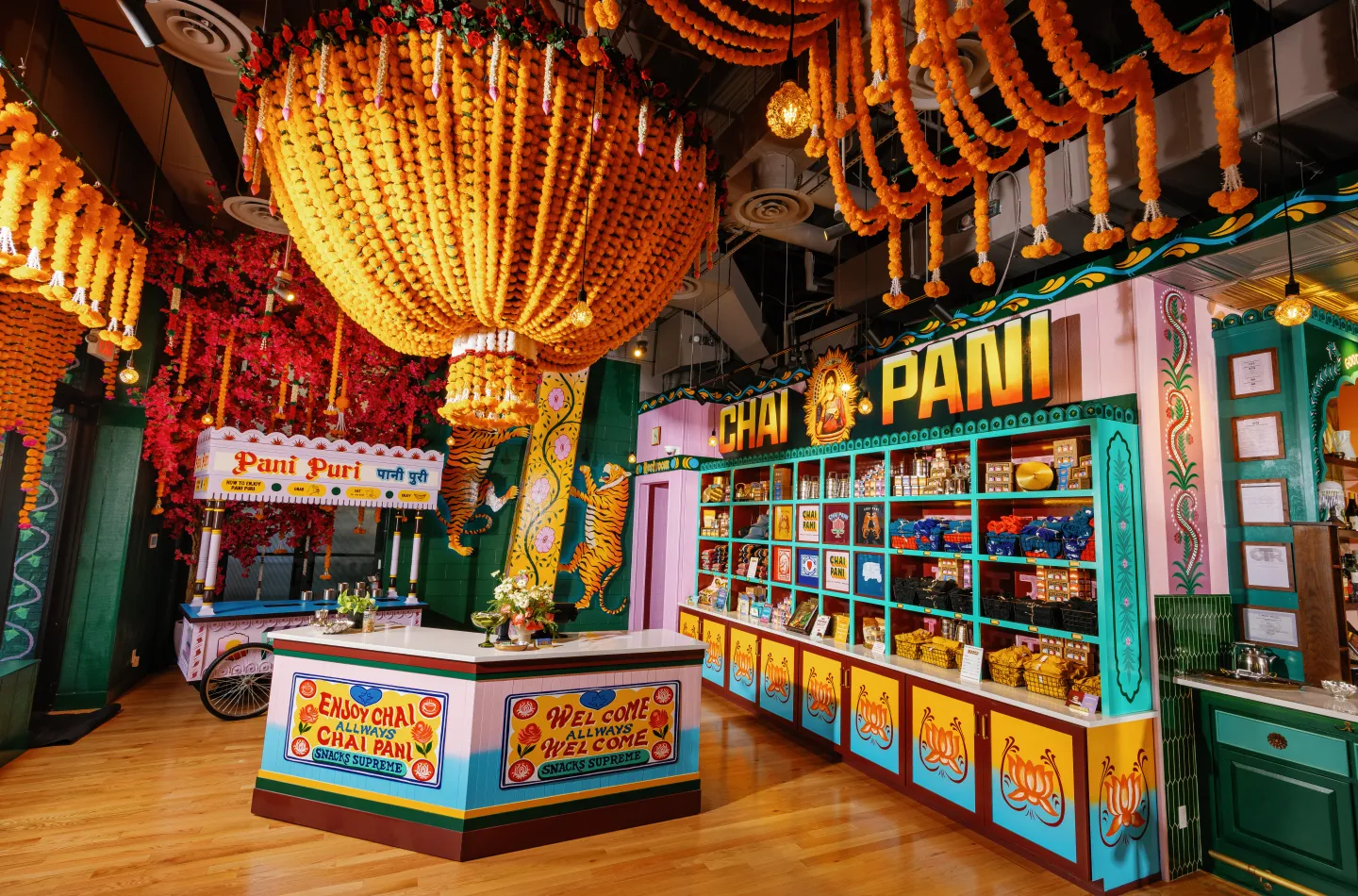State of the Indian Restaurant Industry Report
The Indian restaurant industry in 2025 stands at a dynamic crossroads, driven by a fusion of tradition and innovation. With a market size estimated to surpass ₹6.5 lakh crore ($78 billion), the sector has bounced back robustly from pandemic-era lows, fueled by rapid urbanization, evolving consumer preferences, increased digitization, and a resurgence in dining out culture.
As India’s middle class grows and global culinary trends seep into local tastes, the restaurant industry is no longer just about food—it’s about experience, sustainability, convenience, and connection.
The 2025 State of the Indian Restaurant Industry Report paints a picture of an industry that's both time-honored and future-focused. With its value pegged at around ₹6.5 lakh crore (~$78 billion), the sector is rebounding strongly from the disruptions of the pandemic. Urbanization, a rising middle class, and digitally-savvy consumers are helping drive this momentum.
Published by the Indian Restaurant Association of America (IRAA)
Date: November 17, 2025
Key Highlights
Growth is fast and steady: At a 9.1% CAGR, the industry is scaling quickly.
Organized sector is expanding: Nearly half (45%) of the market is now organized, showing the move towards more structured operations.
Delivery is huge: About one-third of all restaurant orders come from online food delivery.
Employment impact: The industry supports over 8 million jobs directly — a major contributor to livelihoods.
Market Breakdowns
Full-Service Restaurants (FSRs):
There’s a clear shift toward regional authenticity — people love Malvani, Chettinad, Assamese tribal foods, and more.
Chef-driven menus and experiential dining are becoming the norm.
But restaurants are grappling with rising costs and keeping good talent.
Quick Service Restaurants (QSRs):
Young customers are fueling this growth with a demand for convenience and affordability.
Big names like McDonald’s, Domino’s, Wow! Momo, and others are innovating — think AI in ordering, cloud kitchens, and loyalty programs.
Cloud Kitchens & Delivery-only Brands:
They now make up ~15% of the organized sector.
Thanks to low capital needs and rising delivery app usage (Swiggy, Zomato), these models are thriving.
Rebel Foods, Box8, and EatSure are among the key players.
Major Trends Shaping the Industry
Hyper-local Flavors: From tribal cuisines to lesser-known regional dishes — diners are more adventurous and proud of their food heritage.
Wellness-first Menus: Low-carb thalis, millet, vegan options, and even kombucha are no longer niche — they’re becoming staples.
High-Tech Kitchens: Smart menus, automated cooking, drone delivery, and AI-powered customer service are not sci-fi anymore — they’re real.
Sustainability Matters: Brands are ditching plastic packaging, sourcing farm-to-table, and highlighting eco-conscious practices.
Experiential Dining: Think themed restaurants, live kitchens, food festivals — dining out is no longer just about eating, but about connecting, celebrating, and experiencing.
Key Challenges
Red Tape: Outdated municipal rules and FSSAI compliance remain big hurdles for new entrants.
Talent Crunch: High turnover in both kitchens and front-of-house roles is a persistent issue.
Margin Pressure: With food costs, delivery fees, rent — margins are tight, especially for smaller or independent players.
What’s Next (2025–2030)
Tier 2 & 3 City Boom: These regions are expected to generate almost 45% of all new restaurant openings.
Automation Surge: More restaurants will lean into robotics and AI to cut costs and scale.
Alternate Proteins: Jackfruit kebabs and lab-grown meat might not just be trends — they could be game changers.
Global Reach: Indian restaurant brands are increasingly going global — with names like MTR Foods, Indian Accent, and Biryani Blues leading the charge.
Bottom Line
The Indian restaurant industry isn’t just recovering — it’s evolving. It’s not just about feeding people anymore. It’s a cultural movement, a job creator, and a platform for innovation. The brands that thrive will be those that blend authenticity with technology, and stay true to what makes Indian food so deeply loved.
